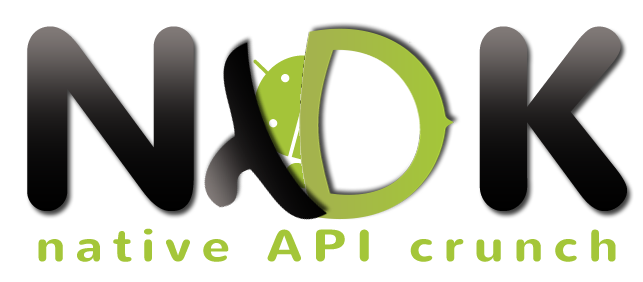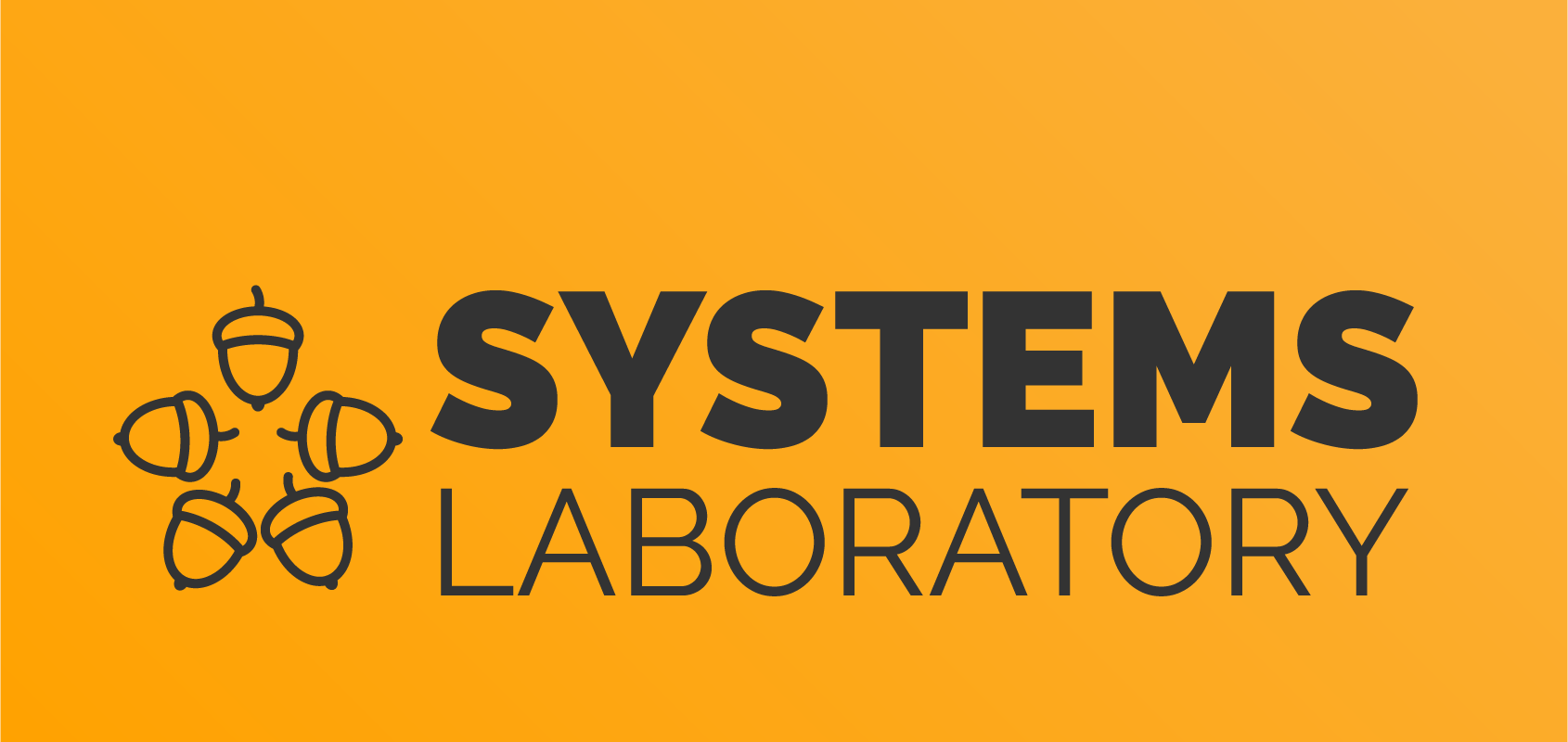Differences
This shows you the differences between two versions of the page.
|
ndk:courses:01 [2014/08/05 21:24] petre.eftime [Practical] |
ndk:courses:01 [2014/11/05 11:54] (current) laura.gheorghe |
||
|---|---|---|---|
| Line 4: | Line 4: | ||
| * Practical part: Android tools, emulators, ADB, Beacon Mountain | * Practical part: Android tools, emulators, ADB, Beacon Mountain | ||
| - | /* | + | |
| ==== Lecture ==== | ==== Lecture ==== | ||
| Line 11: | Line 11: | ||
| {{url>http://ocw.cs.pub.ro/courses/_media/ndk/courses/lecture-1.pdf}} | {{url>http://ocw.cs.pub.ro/courses/_media/ndk/courses/lecture-1.pdf}} | ||
| - | */ | + | |
| ==== Practical ==== | ==== Practical ==== | ||
| Line 29: | Line 29: | ||
| === Task 0 - Setting up the environment === | === Task 0 - Setting up the environment === | ||
| - | This section is meant you help you set up your enviroment at home. All links are found in the resources. | + | This section is meant you help you set up your environment at home. All links are found in the resources. |
| - | There are two ways of setting up your environment. The first way is using Intel's Beacon Mountain for Android solution. This sets up your whole enviroment including SDK and NDK and contains some additional profiling tools and HAXM, needed for virtualizing Intel Atom based virtual devices. Run the installer and follow the steps. | + | There are two ways of setting up your environment. The first way is using Intel's Beacon Mountain for Android solution. This sets up your whole environment including SDK and NDK and contains some additional profiling tools and HAXM, needed for virtualizing Intel Atom based virtual devices. Run the installer and follow the steps. |
| The second way will set up the bare minimum needed for creating an NDK project. | The second way will set up the bare minimum needed for creating an NDK project. | ||


